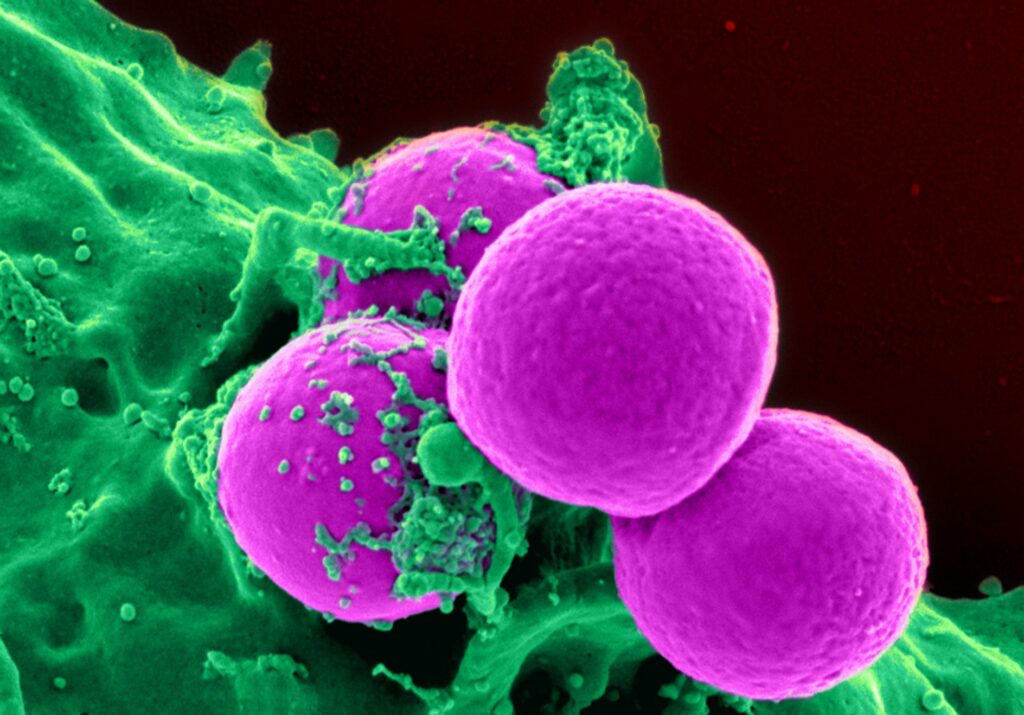Bacterial contamination is a common occurrence in various environments, including food, water, surfaces, and air. The speed at which bacterial contamination occurs depends on several factors, including the type of bacteria, the environmental conditions. The presence of nutrients or other favorable conditions for bacterial growth.

In favorable conditions, bacteria can multiply rapidly through a process called binary fission. Where one bacterial cell divides into two identical daughter cells. This process can occur as quickly as every 20 minutes for some bacteria. Resulting in a substantial increase in bacterial numbers over a short period of time.
The time it takes for bacterial contamination to occur can vary depending on the type of bacteria. Some bacteria are considered fast-growing, such as Escherichia coli (E. coli) and Staphylococcus aureus, which can reproduce rapidly under ideal conditions. These bacteria can double their population in as little as 20-30 minutes, resulting in millions of bacteria within a few hours.
On the other hand, some bacteria are slow-growing, such as Mycobacterium tuberculosis. Which causes tuberculosis, and can take several days to weeks to form visible colonies. These slow-growing bacteria have a slower rate of reproduction compared to fast-growing bacteria. Their growth may be influenced by various factors such as temperature, pH, and nutrient availability.
Environmental conditions also play a crucial role in the speed of bacterial contamination. Bacteria thrive in environments that provide suitable conditions for their growth, such as warm temperatures, neutral pH, and ample nutrients. For example, food that is left at room temperature for an extended period of time can become contaminated with bacteria. Such as Salmonella or Campylobacter, which can cause food poisoning. These bacteria can multiply rapidly in food that is not properly stored, leading to bacterial contamination within hours.
Moisture is another crucial factor that affects bacterial growth. Bacteria require water to survive and reproduce. In environments with high moisture levels, such as standing water or damp surfaces, bacteria can grow rapidly. For example, in a humid bathroom environment, bacteria can grow on surfaces such as shower curtains, bathroom tiles, and toothbrushes, leading to bacterial contamination within hours to days.
The presence of nutrients also plays a significant role in bacterial growth. Bacteria require nutrients such as carbohydrates, proteins, and minerals to grow and multiply. In environments with ample nutrient availability, bacterial contamination can occur rapidly. For example, in nutrient-rich environments like soil, sewage, or decaying organic matter, bacterial growth can occur within hours.
In addition to environmental conditions, the initial bacterial load or the number of bacteria present at the beginning of contamination also affects the speed of bacterial growth. A higher initial bacterial load can lead to faster bacterial contamination, as there are more bacteria available to reproduce and multiply. This is commonly seen in situations such as food processing and handling, where a small number of bacteria present on a surface can multiply rapidly and lead to contamination of food products.
It’s important to note that not all bacteria are harmful, and some bacteria can even be beneficial. However, the growth of harmful bacteria can lead to various health risks, including foodborne illnesses, infections, and diseases. Therefore, proper hygiene and food safety practices, such as regular hand washing, proper food storage, and cleaning of surfaces, are essential to prevent bacterial contamination.
In conclusion, the speed at which bacterial contamination occurs depends on various factors, including the type of bacteria, environmental conditions, presence of nutrients, initial bacterial load, and hygiene practices. Fast-growing bacteria can multiply rapidly, leading to bacterial contamination within hours, while slow-growing bacteria may take days to weeks to cause visible contamination. Proper hygiene and food safety practices are crucial in preventing bacterial contamination and ensuring a safe environment.
